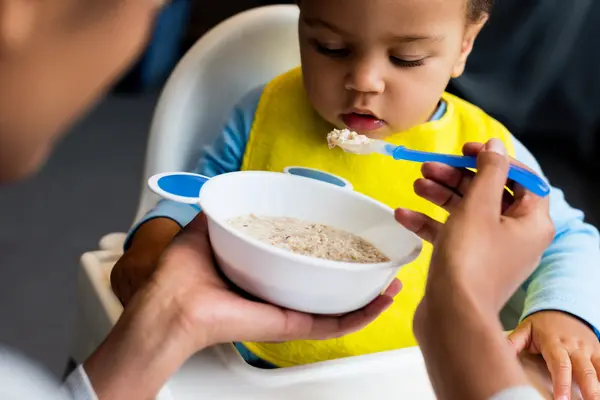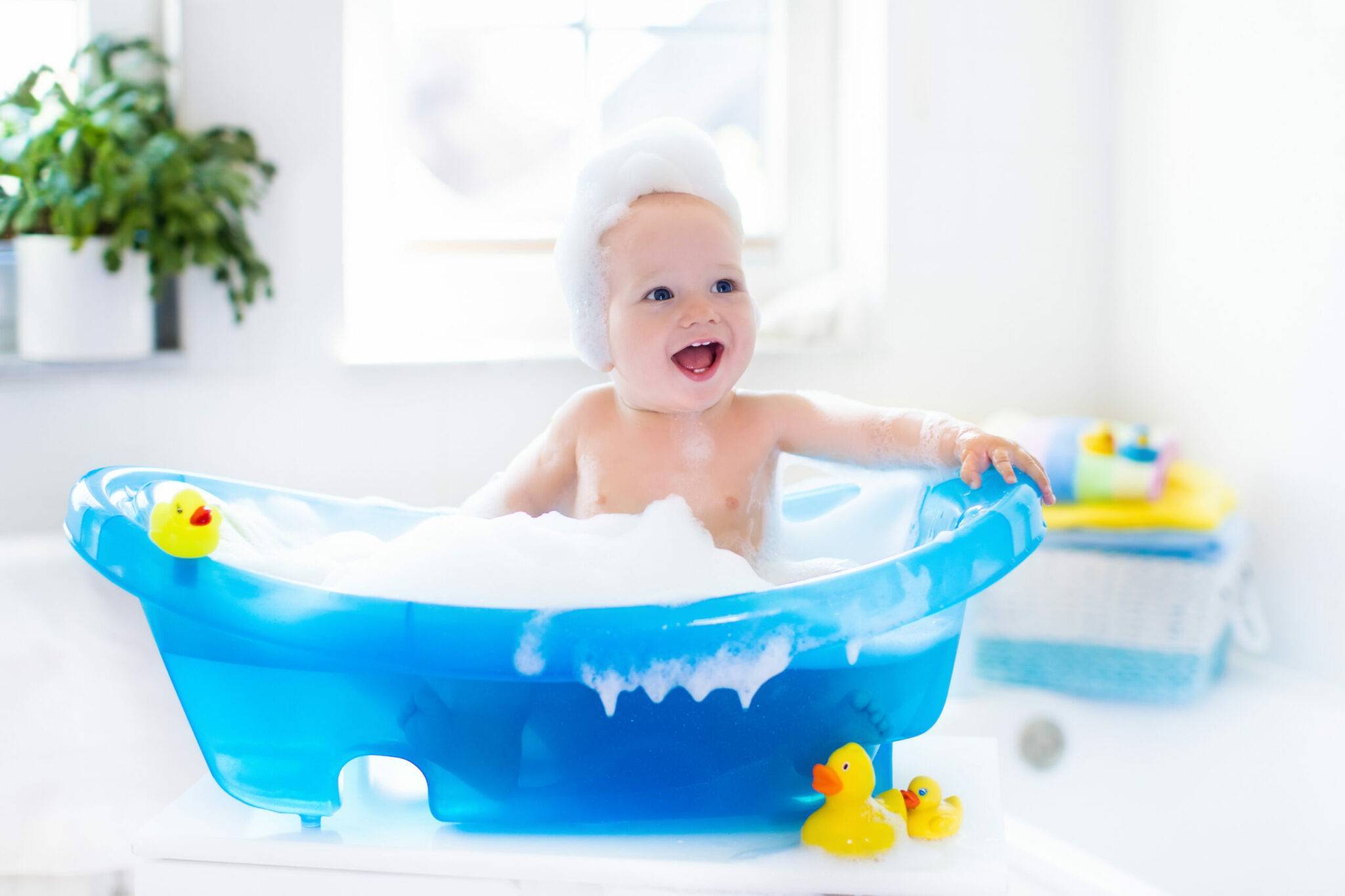For first-time parents, it may be overwhelming to look around your home and know what needs to be babyproofed to keep your little one safe. These tips will help you babyproof your home and can be done before your baby is even on the move.
5 Babyproofing Tips to Help Keep Your Baby Safe
1. Keep Small Objects Out of Reach
Once your baby is on the move, they’re going to want to get their hands on everything. Keep small objects like loose change, batteries, and pens up and out of the way from where baby can get to them, and routinely check the floor to make sure nothing has fallen that your baby could choke on. If you have older children, make sure any small toys they have, like Legos, stay closed away in their bedroom.
If a toy or object is small enough to fit inside a toilet paper roll, then it is a choking hazard and should be kept away.
2. Keep the Bathroom Door Locked
The bathroom can be a dangerous place for a curious baby. Use child-proof doorknob covers to keep the door locked at all times and use child-proof locks to secure cabinets and toilet seats. Your baby may wander in there and open the cabinet door, which is often where harsh chemicals and medicines are kept that they don’t need to be able to ingest. They may also be drawn to playing in the toilet, which could lead to drowning if they happened to fall in and couldn’t get out.
3. Anchor Heavy Furniture
As your baby starts pulling themselves up to get around, it’s important to make sure all heavy furniture like drawers, entertainment systems, and TVs are anchored to the wall to prevent them from falling over. You’re also going to want to remove hanging table cloths and breakable furniture like lamps that baby could pull down when trying to pull themselves up.
The best way to know what furniture items are a hazard to your baby is to lay down on the floor and look at your home from your baby’s point of view. It’ll make it easier to notice heavy items you need to move, drawers that may pull out when your baby grabs them, and furniture that needs to be secured.
4. Use Outlet Safety Covers
Babies love to stick things into other things, which becomes a safety risk when you live in a home full of electrical outlets that don’t need things stuck in them. Outlet covers are a simple solution to this problem.
While it might be a pain to do, replacing your outlets with full safety covers is best so your baby can’t pull them out. Individual outlet covers that plug into the socket can become a choking hazard if they come loose.
5. Keep Window Blind Cords Out of Reach
This may be one that gets overlooked, but it’s important to make sure your baby can’t get their hands on the blind cords. They could end up yanking on the cord and causing the blinds to fall down on them or get the cord tangled around them which could lead to strangulation. Make sure all baby furniture is also kept away from the blinds.
The Consumer Product Safety Commission recommends using cordless blinds to prevent any injury. If you’re unable to replace your blinds or want a temporary fix until you can, cord safety wraps can help you keep your cords up and out of reach.
For more on baby safety, check out our Child Safety Guide.



